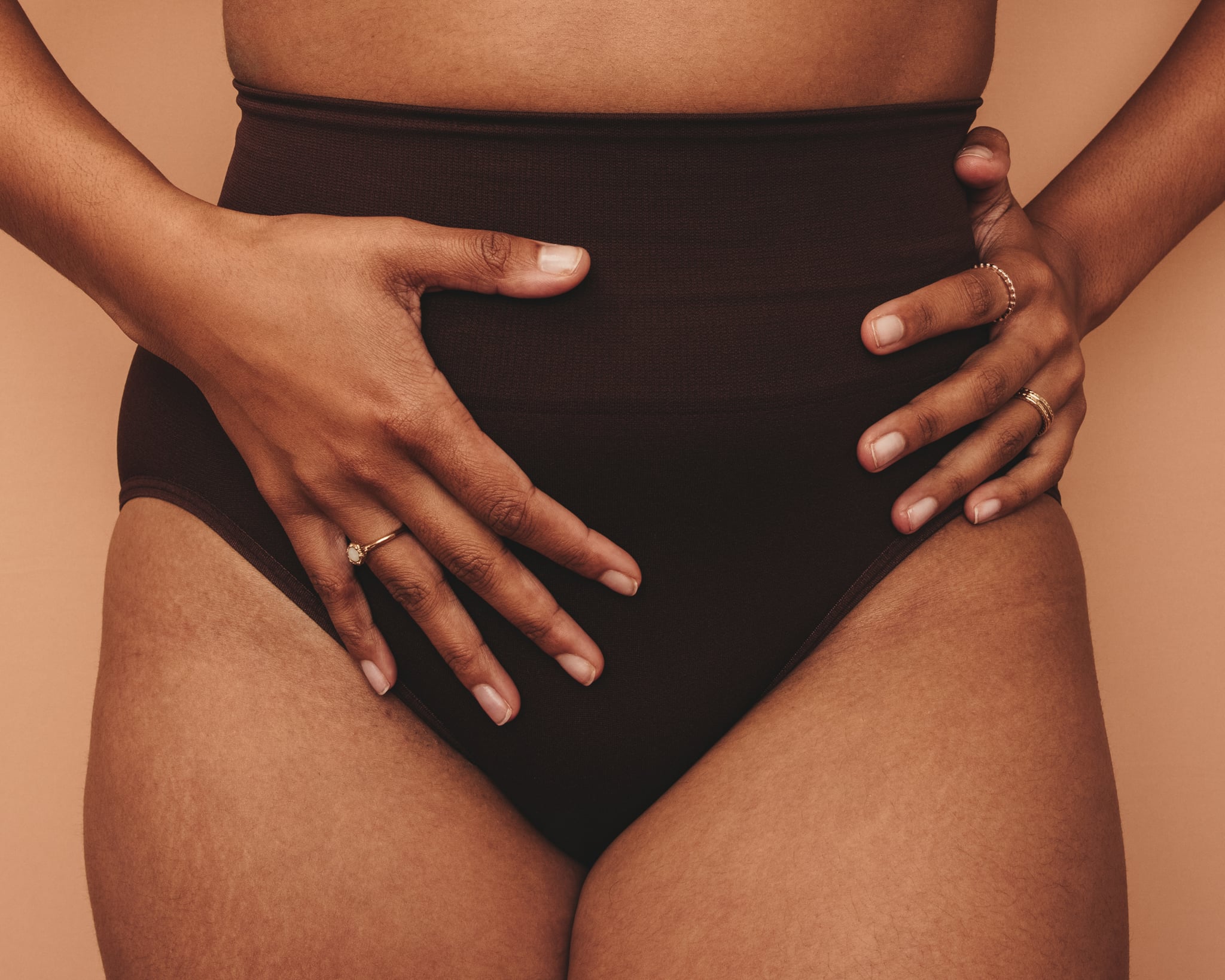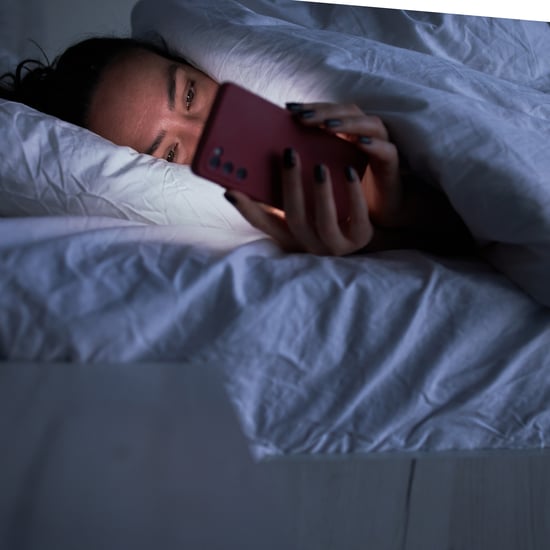Can You Get an Ingrown Hair on the Vagina?
How to Prevent Ingrown Hairs Near the Vagina, According to Ob-Gyns

Ingrown hairs near the vagina can be irritating to deal with — literally and figuratively. If you've noticed these tiny bumps popping up frequently in this delicate, sensitive area, you may be wondering what's causing them and what you can do to prevent them.
Read on to find out more about ingrown hairs and two ob-gyns' advice for how to best treat them.
Can You Get an Ingrown Hair on the Vagina?
First, let's dive into where you can get them in the genital region. According to Felice Gersh, MD, a board-certified ob-gyn, founder of the Integrative Medical Group of Irvine in Irvine, CA, and author of Menopause: 50 Things You Need to Know, the vagina itself doesn't have hair follicles, but almost all the tissues on the vulva (the external genitalia) do, " . . . those surrounding hair follicles are where the hair can become ingrown," she explained. So ingrown hairs can't form on the vagina (an internal organ) but instead near the vagina on the vulva.
However, Tamika K. Cross, MD, FACOG, a board-certified ob-gyn and the resident ob-gyn of SweetSpot Labs, said that the most common place ingrown hairs form are on the bikini or panty line because this is where skin is more likely to rub against clothing. "That consistent friction or chafing against the skin can disrupt the hair regrowth process and lead to more ingrown hairs," she noted.
Typically, these ingrown hairs appear as pimple-like, rounded bumps and can also resemble dark spots on some. The Mayo Clinic notes that ingrown hairs can also cause pain and inflammation and can sometimes be filled with pus.
How Do Ingrown Hairs Near the Vagina Form?
As its name suggests, ingrown hairs near the vagina form when the hair curls under itself, grows inward, and then gets trapped under the skin. In contrast, Dr. Cross said hair normally grows out from the follicle and then through the surface of the skin. "Because pubic hair is coarser and curlier than hair on other parts of the body, it's more prone to become ingrown," she further explained.
According to Dr. Cross, those with thick, curly, or coarse hair may be more likely to get ingrown hairs, as it's easier for the hair to curl inward. And yes — certain hair-removal methods, like shaving or waxing, can also contribute to ingrown hairs. You may have experienced an ingrown hair shortly after shaving or waxing your bikini line.
How Do You Prevent Ingrown Hairs Near the Vagina?
Good news: there are some steps you can take to help prevent ingrown hairs from forming in this region of the body. Not shaving this area is one way to prevent ingrown hairs. If you do want to remove this hair, Dr. Gersh said to consider trying laser hair reduction, or let the hair grow and then clip it — but to avoid clipping it too short.
Exfoliating the bikini line where ingrown hairs typically form may also help. "You want to make it as easy as possible for new hair to break through the surface of the skin, so that means removing excess sebum and dead skin cells," Dr. Cross said. However, the type of exfoliation method you choose matters.
Dr. Cross said using a scrub or a loofah, which are both typically classified as physical exfoliation methods, may be too aggressive and could disrupt the balance of the intimate skin. Instead, she typically recommends light chemical exfoliants, like the SweetSpot Labs Buff and Brighten Exfoliating Pads, which are made with both AHA and BHA. "The gentle physical exfoliation of the pads combined with the willow-bark extract and glycolic acid in the formula itself help prevent ingrown hair while maintaining the balance of vulvar skin," she said.
If you prefer shaving, there are still some things you can do to prevent ingrown hairs. For example, this guide breaks down how to properly shave down there.
How Should You Treat Ingrown Hairs Near the Vagina?
If you do notice an ingrown hair near the vagina, resist the urge to extract it. Like a pimple, best practice is to avoid picking and prodding at it. Dr. Cross said doing so could worsen the ingrown hair and even potentially lead to infection. "The best thing to do is to try not to cause further harm," Dr. Cross said. "Avoid products with comedogenic ingredients like oils and rich moisturisers, as this could worsen the ingrown hair. Again, gentle exfoliation can help loosen the skin and help the hair make its way to the surface faster."
If you're unsure what types of products to use on this sensitive area, reach out to your doctor for recommendations or advice. Dr. Gersh added that applying a hot compress to the area may be helpful in treating ingrown hair.
In most cases, ingrown hairs should clear up on their own. However, there are circumstances where you may want an expert to take a look at it. If it doesn't heal within seven to 10 days, becomes painful to the touch or inflamed, or develops pus, Dr. Cross said, it could be infected and you may want to consider reaching out to your medical provider. Of course, if you're unsure if the bump is an ingrown hair and you have concerns, consider reaching out to your doctor as well.








